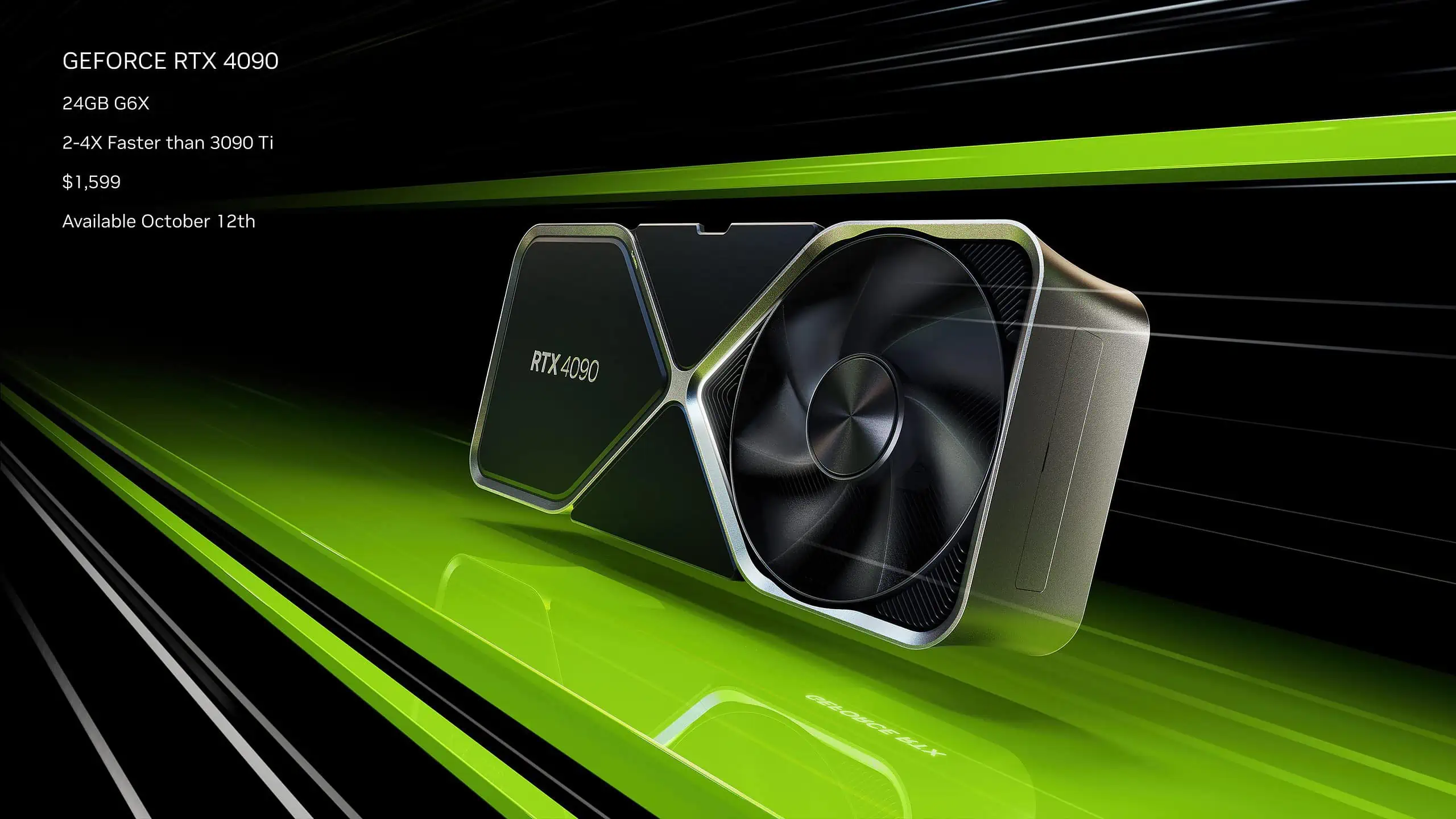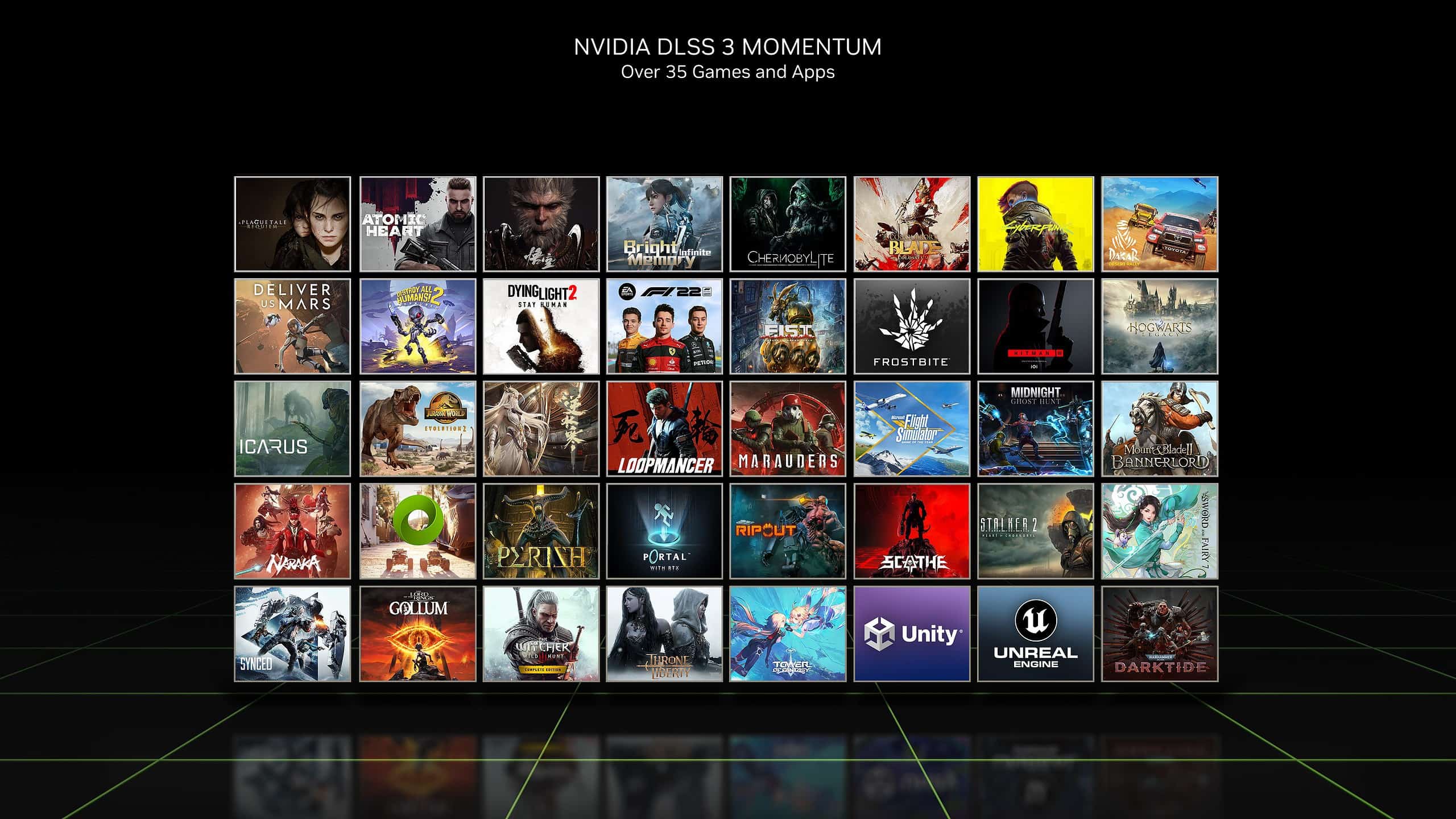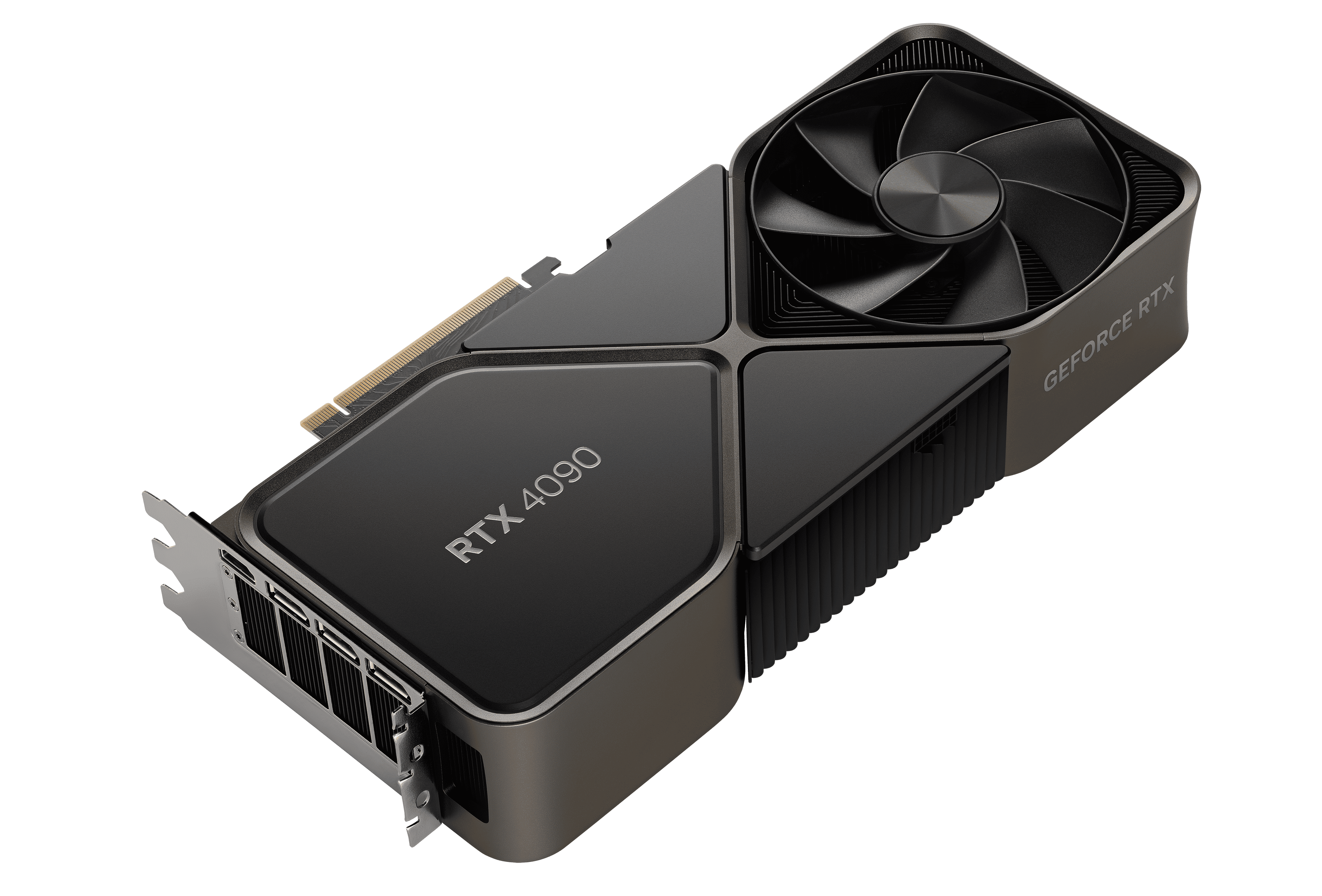Nvidia unveils GeForce RTX 40 Series GPUs with new Ada Lovelace Architecture, DLSS 3
4 min. read
Updated on

After months of yearning for the arrival of its RTX 40-series cards (worsened by the scarcity of the 3-series, thanks to the crypto miners hogging up the supplies in the market), Nvidia announced the release dates, prices, and the specs of RTX 4090 and RTX 4080. The top-end RTX 4090 card will arrive on October 12 at $1,599 (€1,949 in Europe and £1,679 in the UK). Meanwhile, the RTX 4080 will be offered in two models in November: one with 12GB of GDDR6X memory priced at $899 (€1,099 in Europe and £949 in the UK) and one with 16GB of GDDR6X memory priced at $1,199 (€1,469 in Europe and £1,269 in the UK).
As expected, the new series will have a huge performance difference from its predecessor, which is possible through the newer technologies injected by Nvidia into the cards. Starting it is Nvidia’s new Ada Lovelace architecture that will power the entire series and provide a “massive generational leap in performance, efficiency, and capabilities.” Nvidia says it is currently the most advanced GPU architecture through its custom TSMC 4N process, with up to 76 billion transistors.
Through Ada, new capabilities for the card are unlocked, including the DLSS 3, the brand’s latest generation of deep learning super sampling tech using its new 4th gen Tensor Cores and Optical Flow Accelerator to multiply and boost frame rates and bypass CPU bottlenecks. It also combines DLSS Super Resolution, DLSS Frame Generation, and NVIDIA Reflex, making it incredibly enticing even for game developers and app creators. In fact, Nvidia also announced that NVIDIA DLSS 3 is coming to over 35 games and apps starting in October. In addition, the new RTX 40-series cards now support NVIDIA ShadowPlay, allowing gameplay to be captured at up to 8K at 60 FPS in HDR.
GeForce RTX 4090 is the star of the announcement, with Nvidia claiming it is 2X the performance of GeForce RTX 3090 Ti, though it will just have the same power consumption as the said card. It comes with 16,384 CUDA Cores, 1,321 Tensor-TFLOPs, 191 RT-TFLOPs, and 83 Shader-TFLOPs of power, supported by 24GB of G6X VRAM.
Similarly, Nvidia says that the two GeForce RTX 4080 cards are twice as fast as the earlier GeForce RTX 3080 Ti. The 16GB variant gets 9,728 CUDA Cores, 780 Tensor-TFLOPs, 113 RT-TFLOPs, 49 Shader-TFLOPs of power, and GDDR6X memory; while the 12GB variant will have 7,680 CUDA Cores, 639 Tensor-TFLOPs, 92 RT-TFLOPs, 40 Shader-TFLOPs, and GDDR6X memory.
Aside from the three regular RTX 40-series cards, Nvidia also announced the arrival of the limited GeForce RTX 40 Series Founders Edition graphics cards, which, as expected, will offer a more premium set of features, Nvidia’s unique in-house designs, and enhancements.
“For our new GeForce RTX 40 Series Founders Edition graphics cards, we’ve further optimized the Dual Axial Flow Through system, increasing fan sizes and fin volume by 10%, and upgrading to a 23-phase power supply. Memory temperatures are reduced, and the new, substantially more powerful Ada GPUs are kept cool in ventilated cases, giving gamers excellent overclocking headroom,” Nvidia technical marketer Andrew Burnes wrote in a blog. “Each GeForce RTX 40 Series Founders Edition graphics card reduces cable clutter by leveraging the new standard GPU power input of next-gen ATX 3.0 power supplies, the PCIe Gen-5 16-pin Connector. This enables you to power GeForce RTX 40 Series graphics cards with just a single cable, improving the aesthetics of your build. If you are using a previous-gen power supply, an adapter cable is included in the box, allowing you to plug in three 8-pin power connectors, with an optional fourth connector for more overclocking headroom.”
To prove the power and efficiency of the RTX 40-series cards, Nvidia released a video demo of the kart racing game Racer RTX. The entire scenes show a smooth, life-like simulation by rendering physically accurate virtual worlds with satisfying speed. Nvidia also tried its DLSS 3 on Microsoft Flight Simulator, which boosted frame rates by up to 2X.











User forum
0 messages